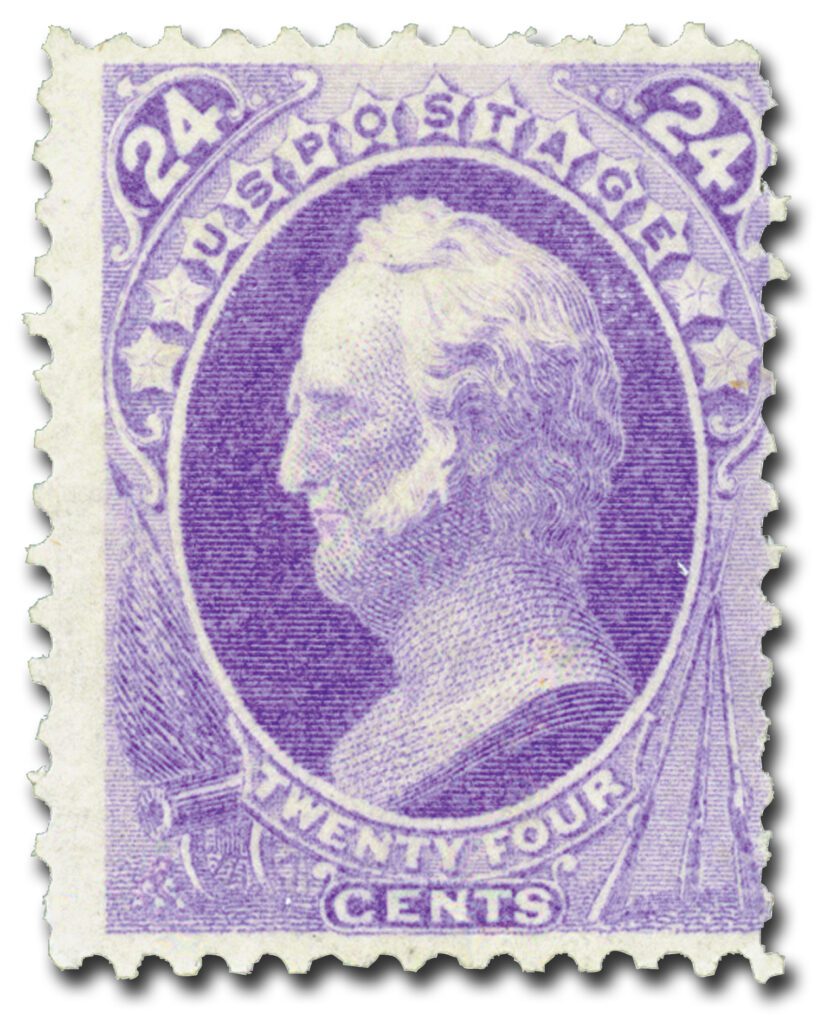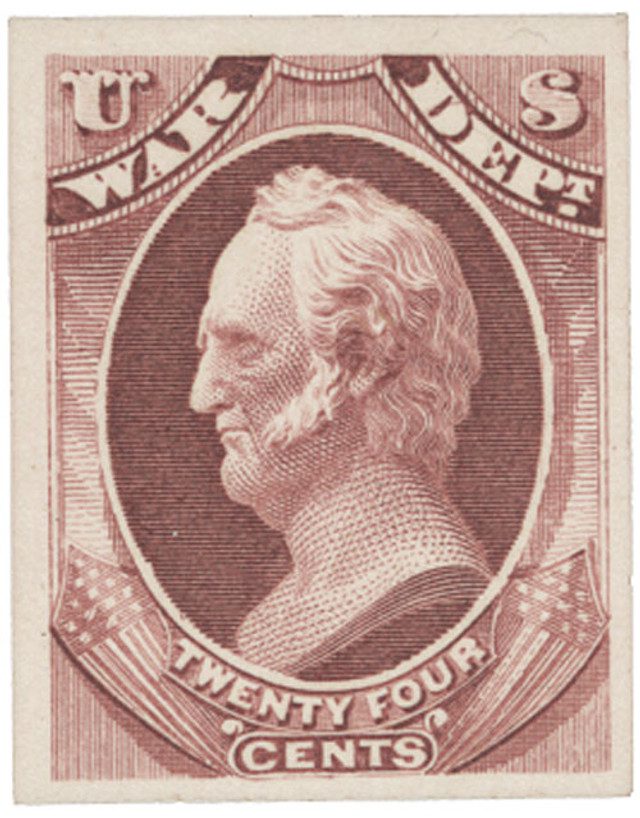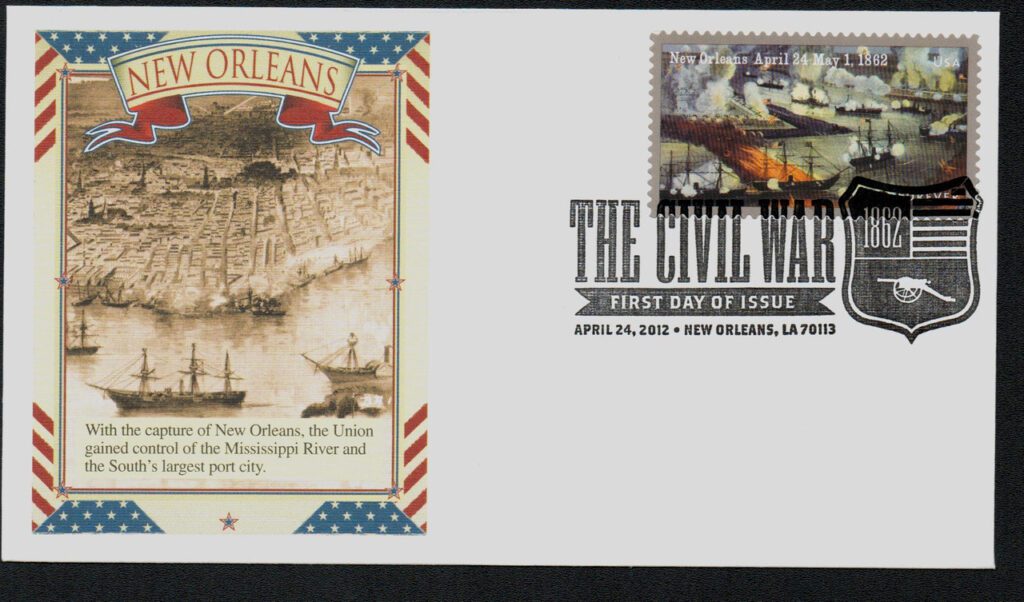On May 3, 1861, General-in-Chief Winfield Scott presented a plan to end the Civil War without a great loss of life – it was later dubbed the “Anaconda Plan.”
At the beginning of the Civil War, many in Washington, DC, felt the Union would defeat the Confederacy in a short time. General Winfield Scott was a seasoned soldier and skilled strategist, so he knew the war would be drawn out.
Scott’s plan, which he outlined to Major General George McClellan in a letter on May 3, 1861, involved blockading ports and controlling the Mississippi River. His goal was to “envelop the insurgent States and bring them to terms with less bloodshed than by any other plan.” McClellan and the impatient press called it the “Anaconda Plan” because it would slowly suffocate the South. His opponents wanted to immediately head to the Confederate capital of Richmond, capture it, and force the collapse of seceded states.
Scott’s plan would take time. Steamships had to be built to navigate the Mississippi and 60,000 troops had to be recruited and trained. Scott’s proposal for the Mississippi region was to begin in the North and march steadily south. The heavily armed boats would accompany army transport boats that would capture Confederate forts. The remaining troops would follow to secure the territory. The final battle would take place in New Orleans and the river would be in the hands of the Union, cutting off the Confederate supply lines in the West.
Along the Atlantic and Gulf coasts, a blockade would prevent the export of cotton and import of supplies from foreign countries. With more than 3,000 miles of coastline, this would have been a tremendous undertaking involving more ships and men.
In the early months of the war, Scott was in conflict with President Lincoln and George McClellan wanted to replace him. Scott was eventually pushed to resign and was replaced by McClellan. Though Scott’s proposal was ridiculed in the early days of the war, as the fighting progressed, many of his ideas were implemented to defeat the Confederacy.
On April 19, 1861, Lincoln ordered the blockade. The Battle of Port Royal in November 1861 helped secure the blockade of the southern coast. Capturing this South Carolina port allowed the Union Navy to maintain coaling stations and repair facilities in Confederate territory. In theory, the blockade closed 3,500 miles of Confederate coastline and twelve major ports, including the top two cotton exporters.
The US Navy was too small to enforce the blockade when it was announced, forcing the Union to commission 500 ships. Over the course of the war, the Union captured or destroyed around 1,500 blockade-runners as they tried to ship cotton out of the South and deliver much-needed supplies to the Confederacy. In spite of the Union successes, five out of six blockade-runners were successful. Their efforts were hampered by their size, though, as they were only able to carry a small fraction of the usual cargo.
In April 1862, the Union followed through on another part of the Anaconda Plan with the Battle of New Orleans. There, US ships bombarded Southern forts for 10 days before reaching the city. Confederate forces crumbled under the thunderous fire of the Federal gunboats. With the capture of New Orleans, the Union isolated the city from foreign aid and took control of the Mississippi River, which helped seal the Confederacy’s fate.
Click here to view an 1861 drawing depicting Scott’s Anaconda Plan.
Discover what else happened on This Day in History.






I love U S History, thank you Mystic. I am puzzled though. Your article states General Scott presented his plan on May 3, 1861 and President Lincoln ordered the blockade on April 19, 1861. Did the President order the blockade prior to the presentation? Did he have knowledge of some components of the plan before the full release?
I understood Scott’s Anaconda Plan was a blockade of the Atlantic Coast, the Gulf Coast and the port/city of New Orleans, and the Mississippi River. However, the maps displayed appear to indicate that the blockade went through western Texas and quite a bit west of the Mississippi River as it went north. I always thought the Union ships were right on the Mississippi and fought their way south, and were not any where as far west into the plains states as suggested by the map. What is correct?
A small but important comment. Many of the blockade runners that got to through the Union blockade carries luxury goods that brought a good price in the Confederate states but did little good for the South’s military shortages,